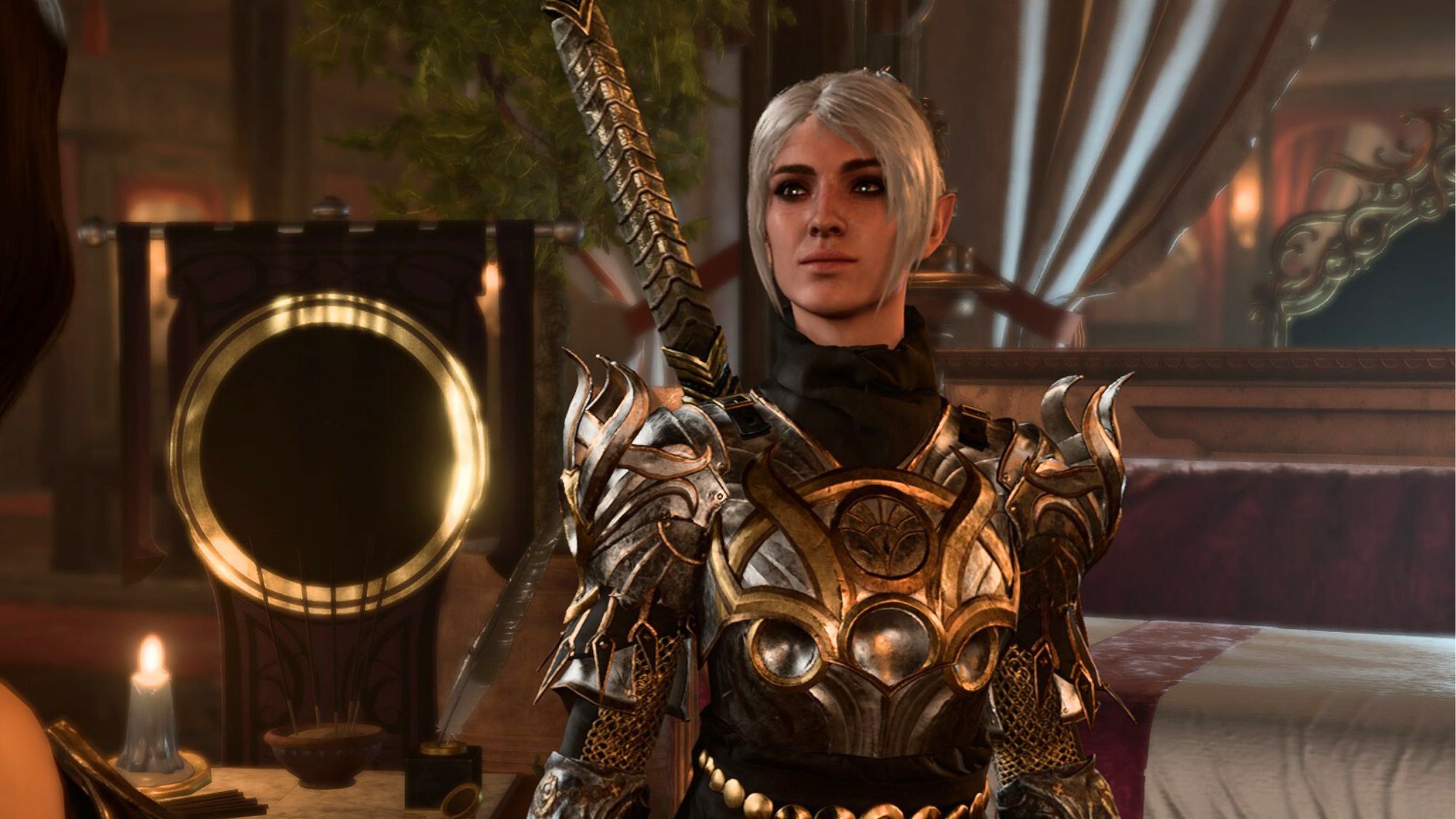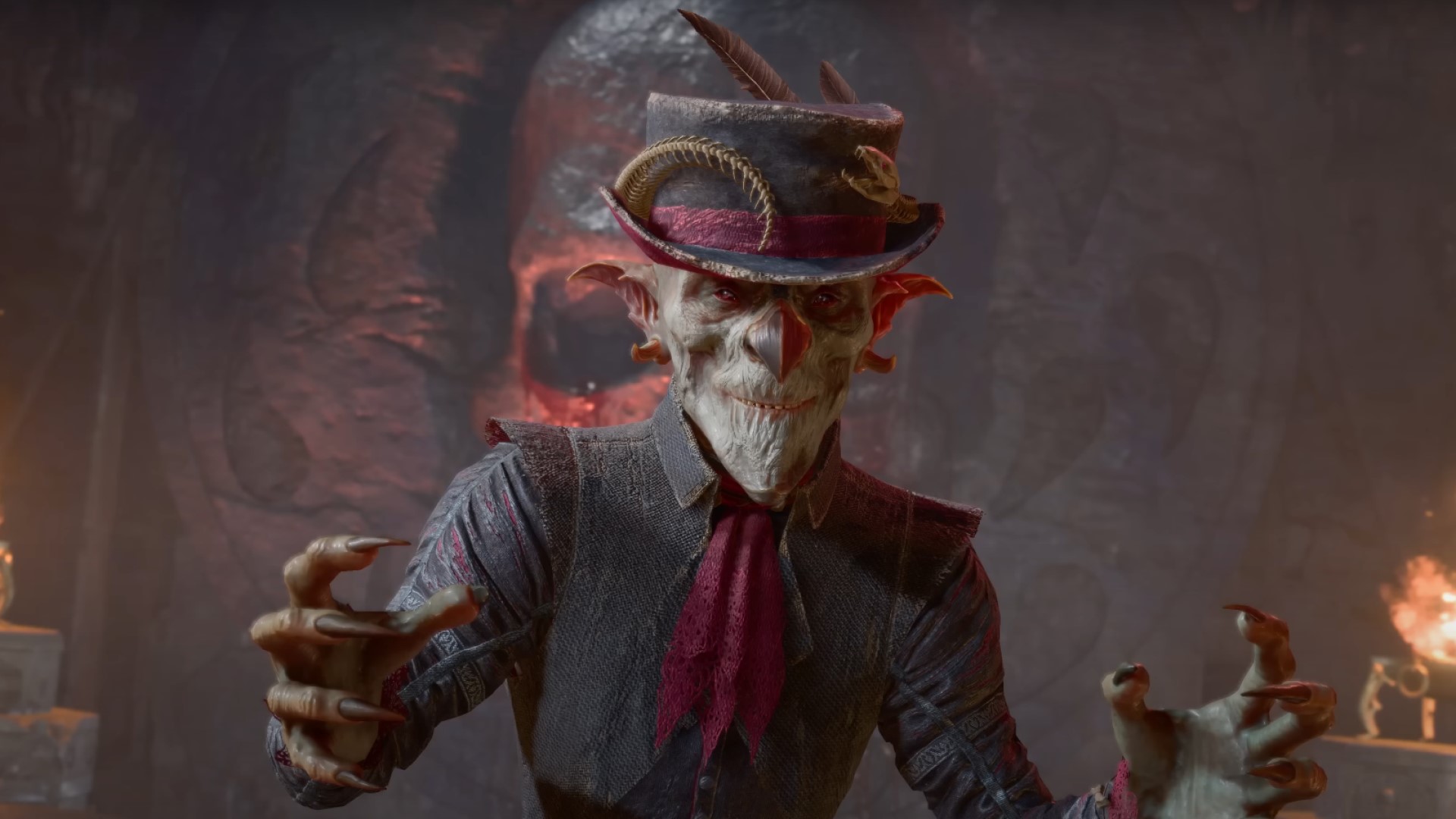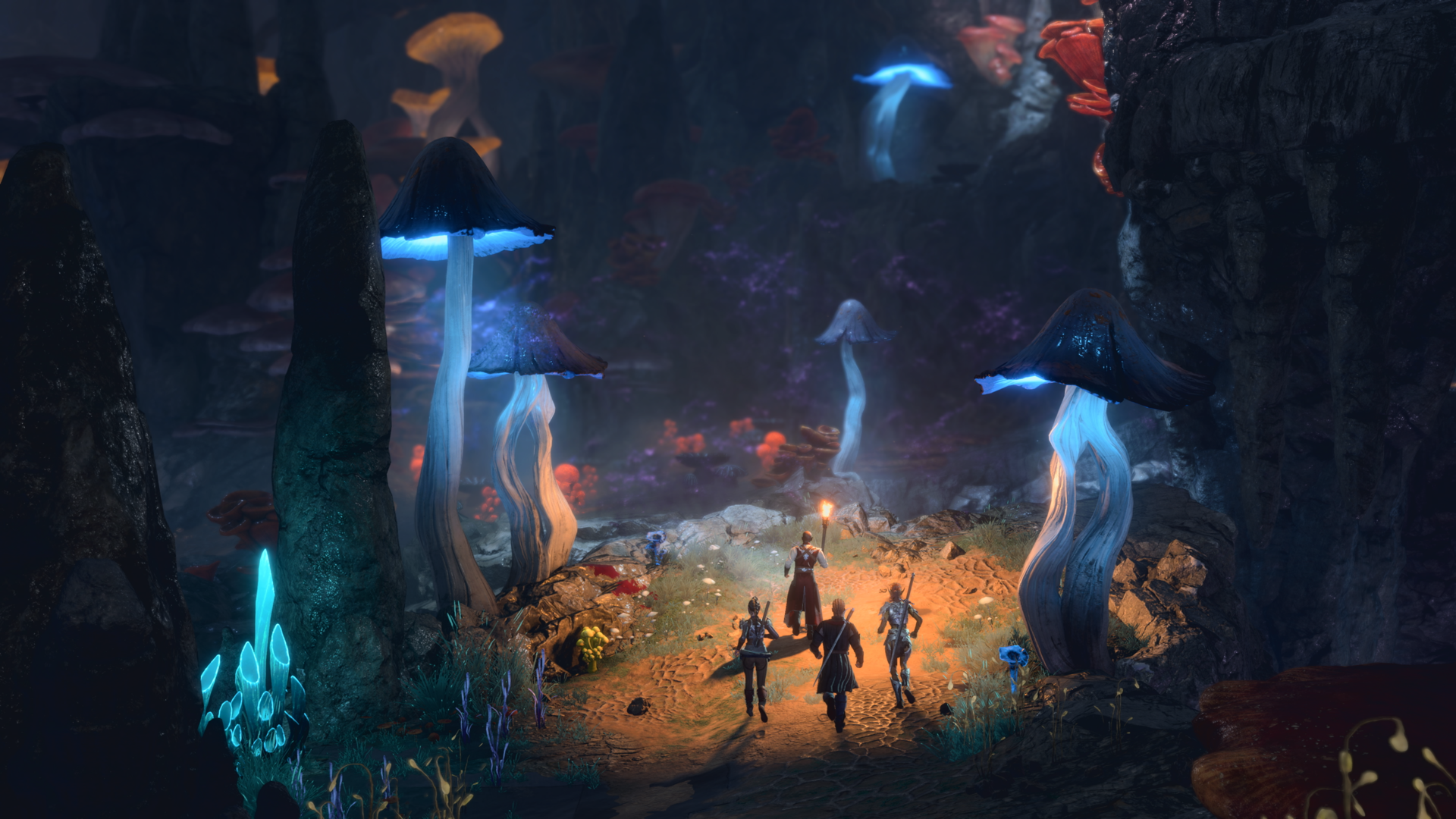Baldur’s Gate 3 has transformed the RPG landscape forever
Venture forth

2023 has been Baldur’s Gate 3’s year. Larian Studios’ transformative computer role-playing game (CRPG) has swept awards ceremonies across the industry, winning Game of the Year at The Game Awards 2023 as well as our own Game of the Year accolade at the TechRadar Choice Awards. It also topped our own TechRadar Gaming Game of the Year list. However, though the RPG is undoubtedly a technical and narrative marvel, there’s something deeper going on with Baldur’s Gate 3’s success than meets the eye.
As well as being one of the best RPGs of the year, Baldur’s Gate 3 has delivered on a decades-old goal. It’s not just re-invented the CRPG, but it’s realized a fantasy that goes back to the early days of pen-and-paper RPG Dungeons & Dragons (D&D) - upon which Larian Studios’ highly successful game is based.
The original Baldur’s Gate (which came out in 1998) was, famously, inspired by a “years-long D&D campaign” that lead designer James Ohlen “ran before BioWare” (via Den of Geek). It was an attempt to bring the adventurousness, playfulness, and imagination of a D&D campaign from paper to screen. Baldur’s Gate was a smashing success, well received by critics and fans, which largely delivered on its promises. This led to a sequel, Baldur’s Gate 2: Shadows of Amn, which was released in 2000 also to critical acclaim.
Now in the hands of a different developer, Baldur's Gate 3 not only had the unenviable burden of following in the footsteps of Baldur’s Gate 1 and 2 but also had to accommodate the pressure and expectations of 25 years of industry change. Larian Studios’ product would go on to achieve both of these goals, capturing the joyful essence of D&D while incorporating the cinematic ambitions and graphical fidelity expected of modern triple-A titles.
Baldur's Gate 3 has a secret weapon
However, what really makes Baldur’s Gate 3 transformative is how it combines these two elements to make something that’s greater than the sum of its parts. The rich, motion-captured cutscenes aren’t just there for show or spectacle; they deeply enhance the narrative as it unfolds, giving the dialogue a sense of gravitas that simply wasn’t feasible in the days of the original Baldur’s Gate.
To look into the eyes of any of the game’s companion characters is to look into a human face. While there are polygons on top, the essential humanity of the actors is captured and distilled by exceptional performances rendered through sophisticated motion capture technology. Talking to your allies in Baldur’s Gate 3 is as direct, personal, and intimate as talking to a Dungeon Master in a game of real-life D&D. This is Baldur’s Gate 3’s secret weapon.
Living the dream

Larian Studios’ game oozes with confidence, never ashamed of its roots, but always willing to add modern innovations where appropriate; it’s entirely unapologetic.
Sign up for breaking news, reviews, opinion, top tech deals, and more.
Baldur’s Gate 3’s turn-based battles unfold with dynamism and speed. Groups of enemies move and act simultaneously to save time where appropriate. Animations are punchy and satisfying. The soundscape is as engrossing as it is descriptive of what’s happening. This is Baldur’s Gate 3’s confident synthesis of old and new in action. While undoubted innovations in their own right, all of these qualities are grounded in a turn-based mechanical core, essential to the ancient yet sturdy tabletop RPG infrastructure upon which Larian’s game is built.
Baldur’s Gate 3 uses hallmarks of modern development, but never at the expense of its core vision or its overarching commitment to player agency. There are no stylish yet forgettable sections where you walk through visually impressive environments with characters spouting dialogue at you. Instead, characters talk with you. True to the tabletop source material, conversations in Baldur’s Gate 3 are two-way streets, where characters react to what you have to say just as you might react to them. As you bounce from companion to companion like an emotionally charged pinball, you’ll be able to change them, just as the points they make may influence your own choices.
True to the tabletop source material, conversations in Baldur’s Gate 3 are two-way streets
Take broody Cleric Shadowheart. Her skepticism of Lae’zel the warrior may influence you towards being more careful in your dealings with the ornery lizard lady. However, she can also be influenced by your own words, which can drastically affect her religious outlook. This, in turn, can have monumental consequences for the overarching battle between the goddesses Selûne and Shar which underpins several key plot elements. This is made all the more poignant by the excellent voice acting and motion capture, too.
A world of possibilities

That said, Baldur’s Gate 3 is more than just a story. It is also a playground. Rather than simply transplant the D&D experience into video game form, Larian Studios’ RPG remains true to the essence of role-playing games themselves by preserving a sense of imagination and play at all times.
The game’s environments and combat reward lateral thinking. While conventional combat and stealth may suit the tastes of many, creative use of spells and objects in the game world allows for unorthodox solutions, too.
Want to reach a far-off plinth? You could take the long way, or you could get up high, cast a spell called Feather Fall, and gently glide down to your destination like the world’s most nonchalant skydiver. Worried about a boss fight? You could grind out levels, or you could bring explosive barrels and set up a deadly gauntlet of bombs for your adversary.

Baldur’s Gate 3 feels like a conversation. Rather than prescribing dozens of hard and fast rules and constraints on your play, the RPG invites you to use all of the tools at your disposal to address the challenges in front of you. I say “address”, because, since the game's encounters are so open-ended, one person’s success could easily be another’s failure. For example, when the no-nonsense technocratic Ironhands ask you to abet their plans to blow up a factory full of hostages, do you go along with it, or do you merely want to steal their stuff? Perhaps you see them as such a liability that you’d prefer to simply kill them. When your objectives themselves are this malleable, you, as the player, are given far more space to express yourself.
Many titles promise meaningful player choice, but Baldur’s Gate 3 actually delivers. This, combined with its willingness to take the strongest elements from both the past and future of game development, makes the RPG an exceptional work of art, indicative of a precise moment of gaming history and liable to influence game design for decades to come.
Want to play more greats? Our lists of the best story games and best single-player games are full of them.

An editor and freelance journalist, Cat Bussell has been writing about video games for more than four years and, frankly, she’s developed a taste for it. As seen on TechRadar, Technopedia, The Gamer, Wargamer, and SUPERJUMP, Cat’s reviews, features, and guides are lovingly curated for your reading pleasure.
A Cambridge graduate, recovering bartender, and Cloud Strife enjoyer, Cat’s foremost mission is to bring you the best coverage she can, whether that’s through helpful guides, even-handed reviews, or thought-provoking features. She’s interviewed indie darlings, triple-A greats, and legendary voice actors, all to help you get closer to the action. When she’s not writing, Cat can be found sticking her neck into a fresh RPG or running yet another Dungeons & Dragons game.